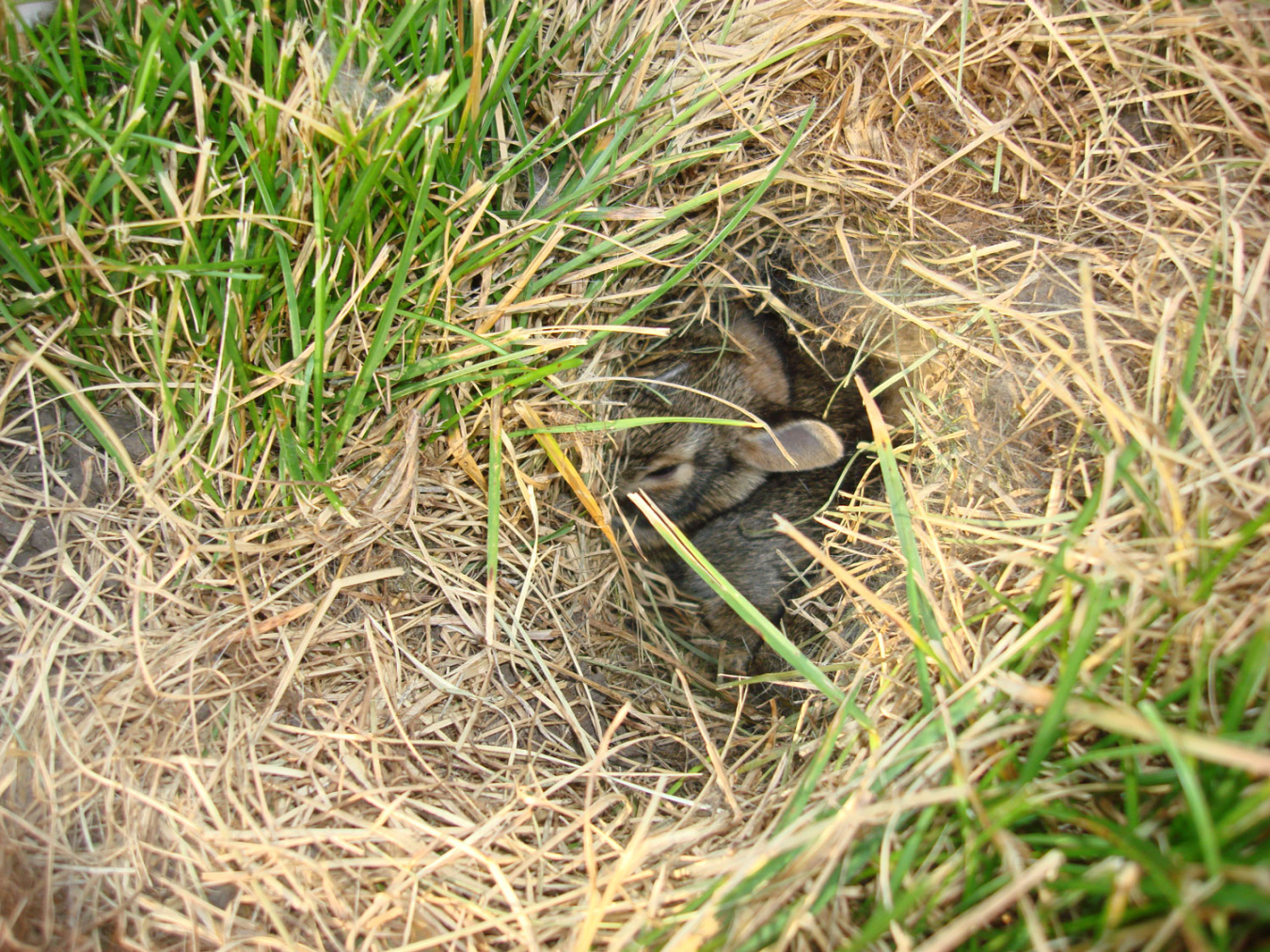What Does a Rabbit Hole Look Like?
A rabbit hole is a term commonly used to describe a hole or tunnel that is dug by rabbits as a means of shelter or escape. These holes are typically found in areas with soft soil, such as meadows, forests, or gardens. Rabbit holes can vary in size and shape depending on the species of rabbit and the terrain in which they are found. In this article, we will explore what rabbit holes look like, their characteristics and some frequently asked questions about them.

Characteristics of a Rabbit Hole
Rabbit holes can be identified by certain characteristics that are common across different species of rabbits. Some key features of a rabbit hole include:
- Size: Rabbit holes are generally small in size, with an entrance diameter of about 3 to 4 inches. They can extend downwards for several feet, depending on the depth required for the rabbit’s burrow.
- Shape: The shape of a rabbit hole is typically cylindrical or conical, with a narrow entrance that widens as it goes deeper into the ground.
- Soil Deposits: When rabbits dig their burrows, they often deposit soil in a mound around the entrance. These soil deposits are a good indicator of the presence of a rabbit hole.
- Location: Rabbit holes are commonly found in grassy areas, near bushes, or at the base of trees. Rabbits prefer areas with soft soil that is easy to dig.
- Multiple Entrances: Some rabbit burrows may have multiple entrances, allowing the rabbits to escape quickly in case of danger.
FAQs about Rabbit Holes
Are rabbit holes dangerous?
Rabbit holes themselves are not dangerous. However, if you are not careful while walking or running in an area with rabbit holes, you could potentially twist your ankle or fall if you step into one unexpectedly. It is always advisable to watch your step and be cautious of any holes or burrows in the ground.
Do all rabbit species dig burrows?
No, not all rabbit species dig burrows. While some rabbits, such as the European rabbit, are known for their extensive burrow systems, others, like the cottontail rabbit, prefer to use existing burrows or hide in dense vegetation rather than digging their own holes.
Can rabbits share their burrows with other animals?
Yes, it is not uncommon for rabbits to share their burrows with other animals. Some animals that may take refuge in rabbit burrows include hares, small rodents, and even birds. Rabbit burrows provide a safe and sheltered space that can be beneficial for various species.
How deep can a rabbit hole go?
The depth of a rabbit hole can vary depending on the type of soil and the specific needs of the rabbit. Generally, rabbit burrows can go as deep as 3 to 4 feet, but some burrows can extend even deeper. The depth helps provide insulation and protection from predators and extreme weather conditions.
In conclusion, rabbit holes are small, cylindrical, or conical burrows found in grassy areas. They can vary in size and shape but typically have a narrow entrance that widens as it goes deeper into the ground. Rabbit holes are not dangerous themselves, but it is important to be cautious while walking in areas with rabbit holes to avoid injury. Additionally, not all rabbit species dig burrows, and some may share their burrows with other animals. The depth of a rabbit hole can range from a few feet to several feet, depending on factors such as soil type and rabbit behavior.
Related Articles…
Copyright Notice:
All images on this website are obtained from the internet and remain copyrighted to their original owners. If you hold copyright to any image and want it taken down, please reach us.